Real-Life Truffula Tree Said To Have Inspired 'The Lorax' By Dr. Seuss Falls
It didn’t fall with a “THWACK.” In fact, no one knows why it fell it all. But a tree believed to have inspired Dr. Seuss as he worked on The Lorax has fallen in the San Diego community of La Jolla.
“It’s an iconic tree, a beloved tree,” Timothy W. Graham, a San Diego city spokesman, told the Sacramento Bee.
It’s not clear why the tree fell as it had been in good health, although it did have a termite problem.
The Monterey Cypress that stood at Ellen Browning Scripps Park bore a certain semblance to the Truffula Trees of the classic children’s book:
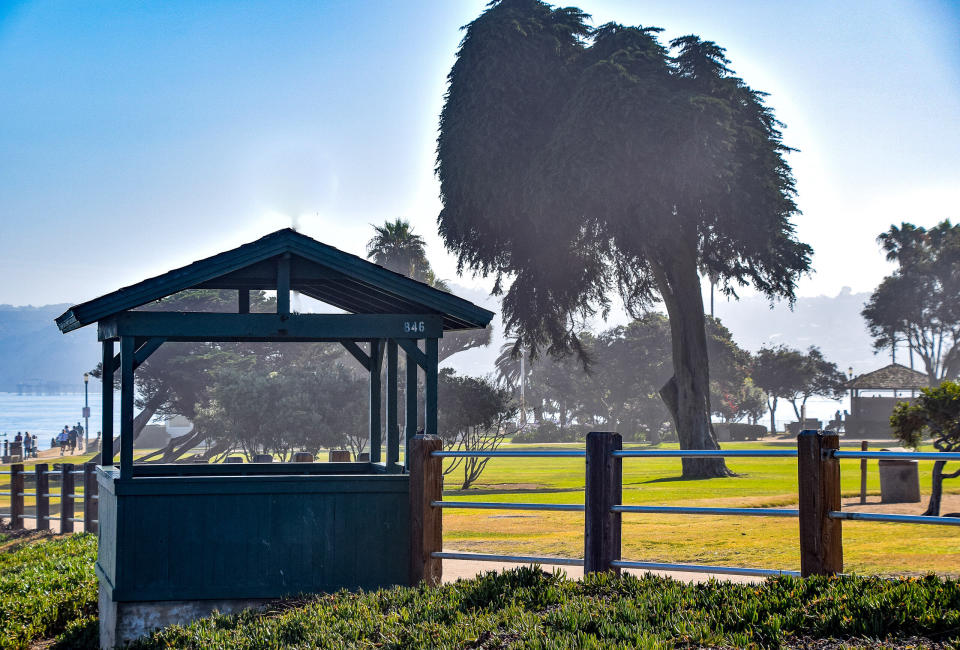
A website that promotes the community said the cypress was known by locals as “the Lorax Tree” and noted that “Geisel could actually see that exact tree from his mountaintop home.” Given the tree’s estimated age of 80 to 100 years old, that would put it at somewhere between roughly 30 and 50 years old when Geisel worked on The Lorax, which was first published in 1971.
However, the San Diego Union-Tribune reported that the tree’s claim to fame was under some dispute. Geisel’s late wife, Audrey, said the trees were inspired by a trip to Africa while some locals claimed other trees closer to the Geisel home were the true inspiration.
La Jolla tree thought by some to be inspiration for 'The Lorax' falls in park https://t.co/Rb7pE8dTgI [Top Stories] pic.twitter.com/5Nmze9YYun
— San Diego Union-Tribune (@sdut) June 18, 2019
While the tree may or may not have inspired the story, the changing nearby landscape did. Geisel reportedly wrote the story in anger as homes and condominiums took over the hills, and described the book as “one of the few things I ever set out to do that was straight propaganda.”
He later called the work his “personal favorite.”
The city may plant a replacement in the future, CNN reported.
Also on HuffPost
Love HuffPost? Become a founding member of HuffPost Plus today.
The President
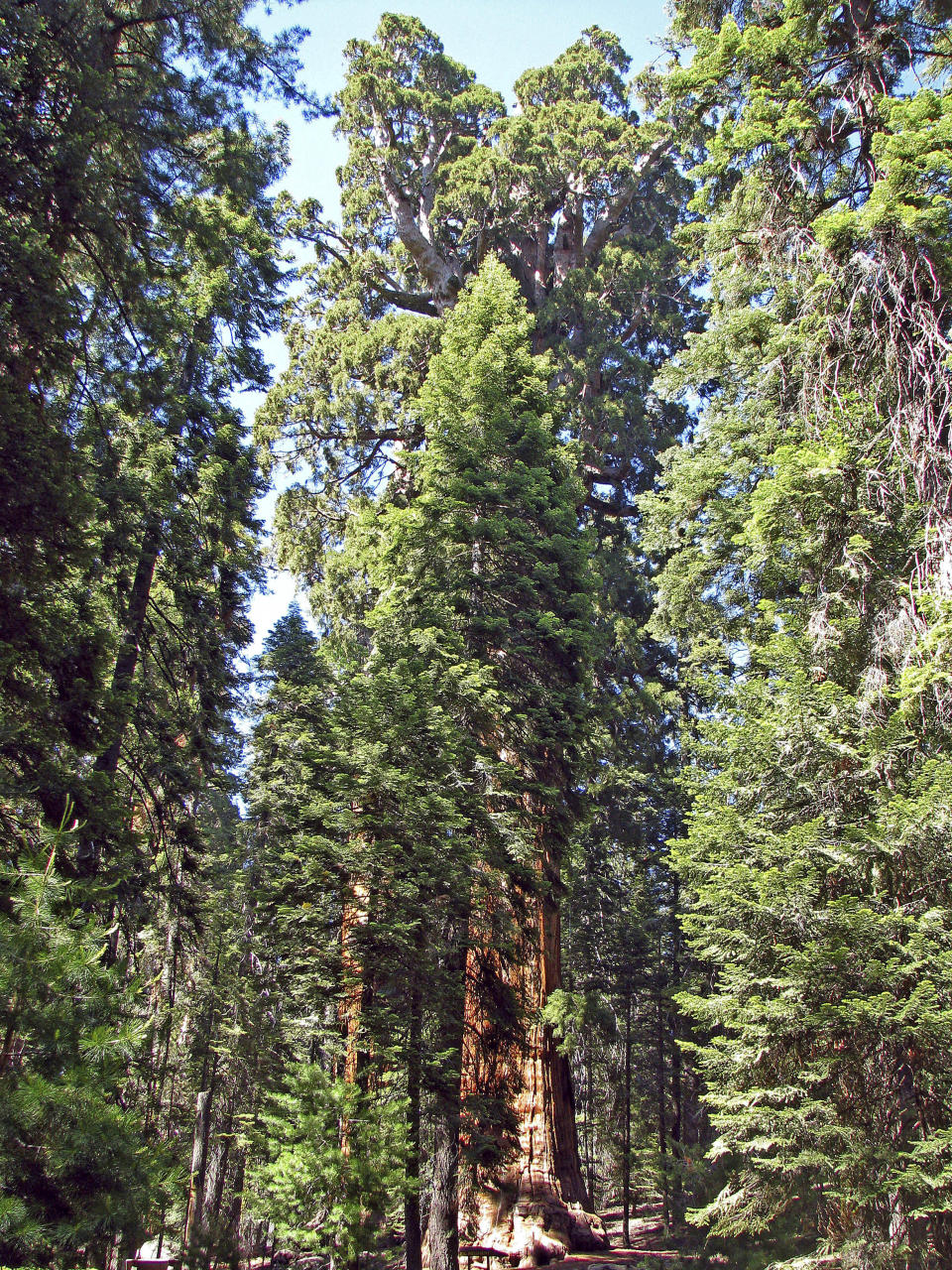
Socotra Dragon Tree
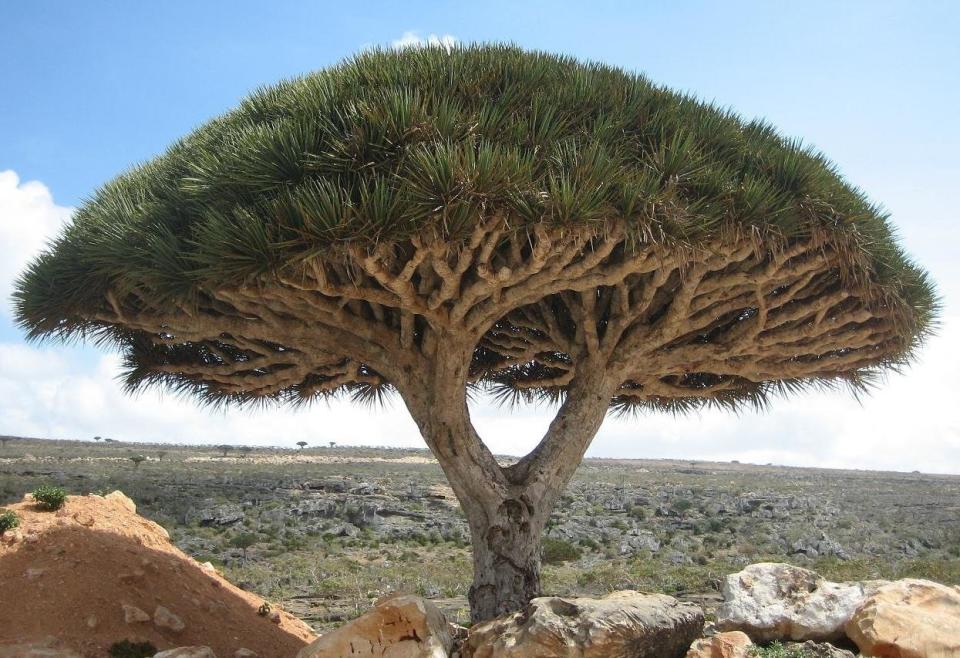
General Sherman
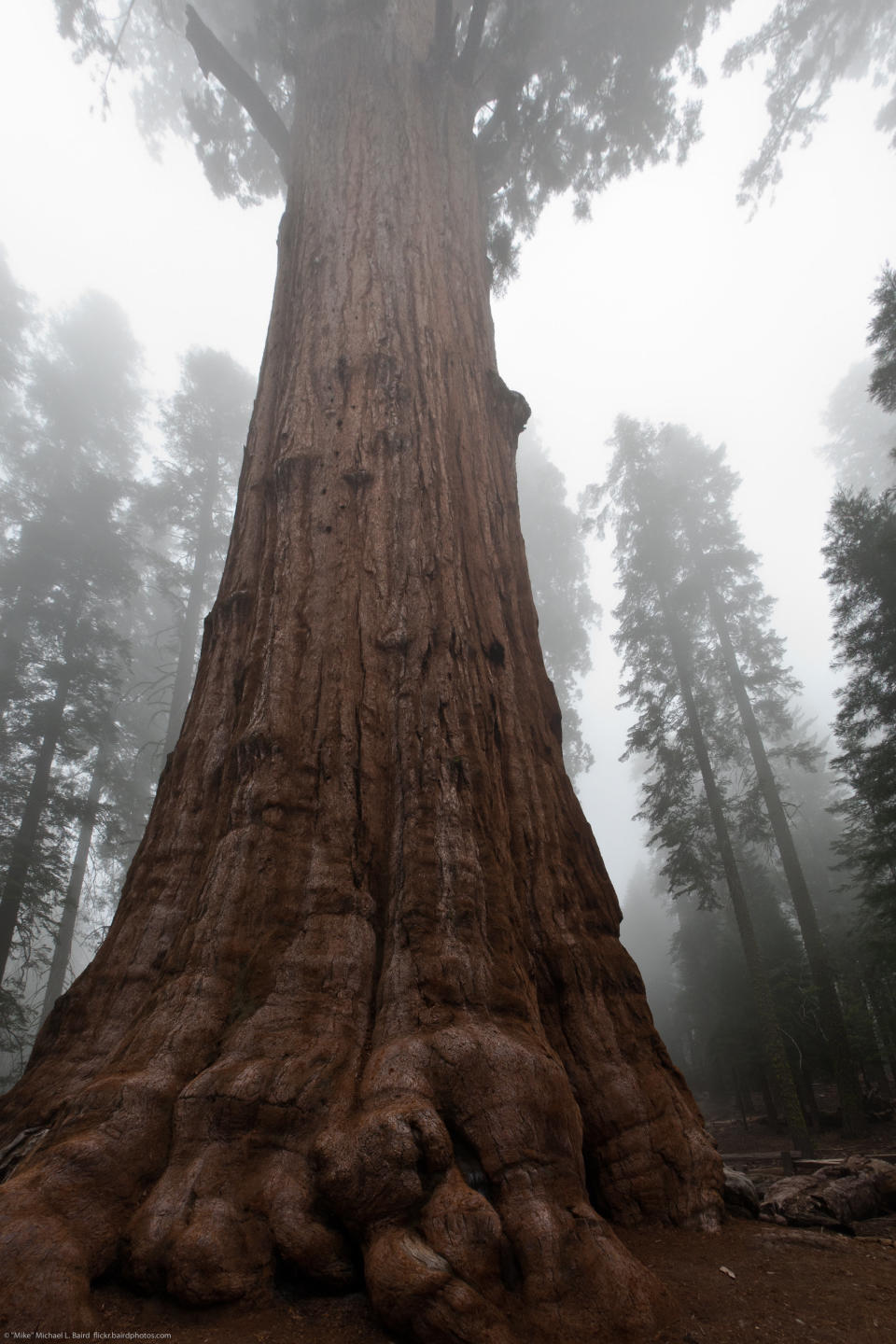
Boab Prison Tree
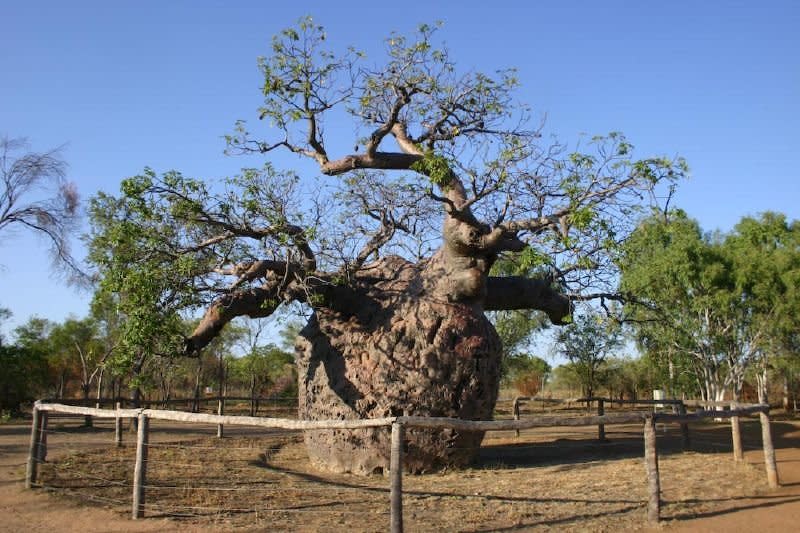
Major Oak
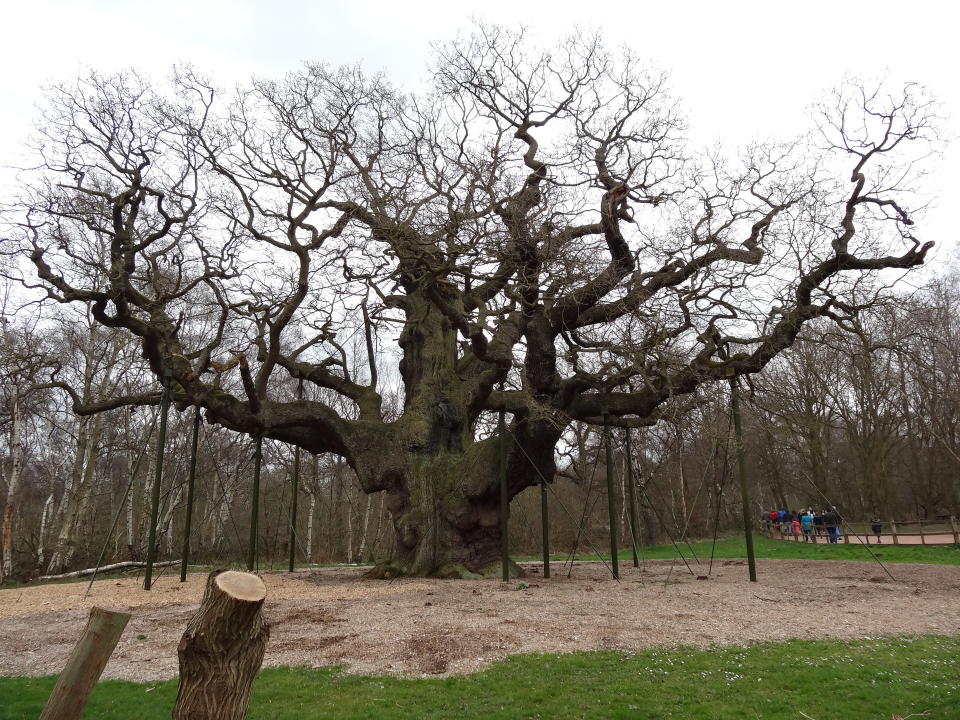
Lone Cypress
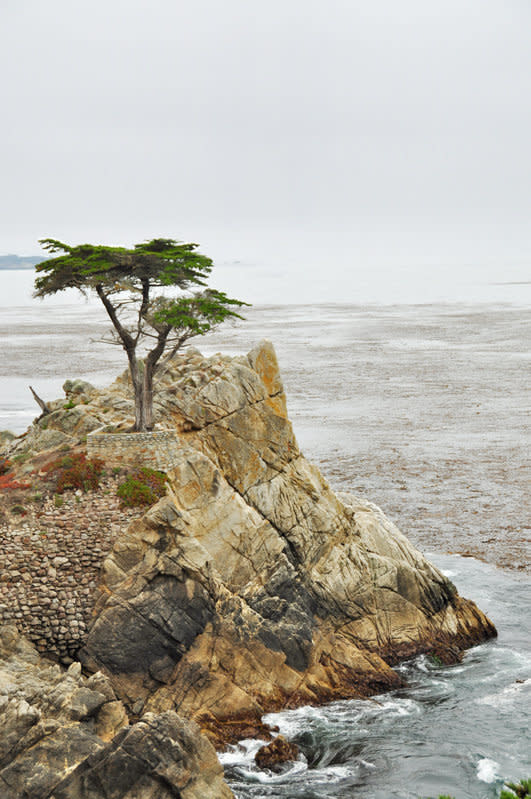
Tree of Life
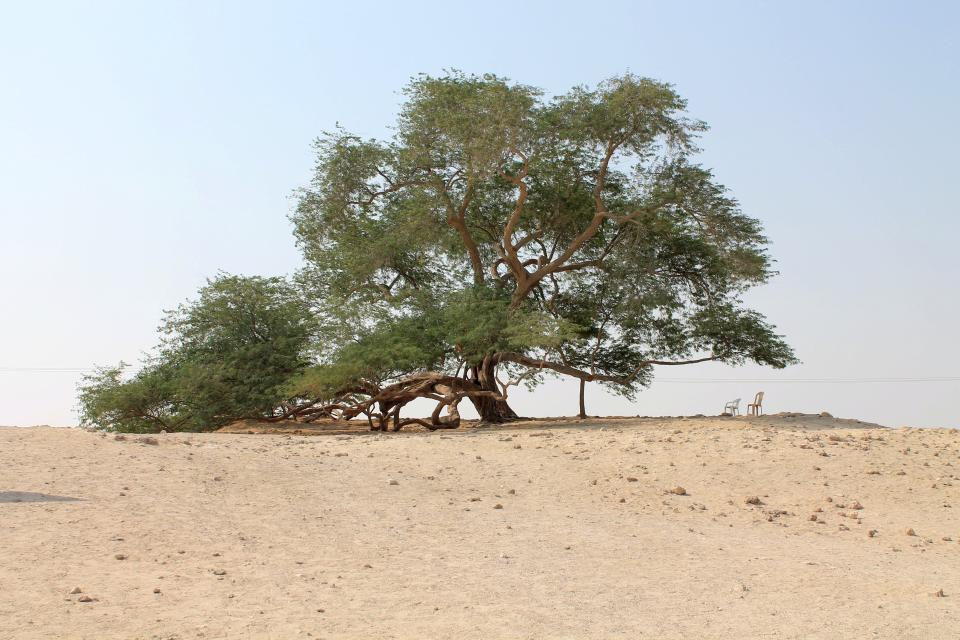
Cedars Of God
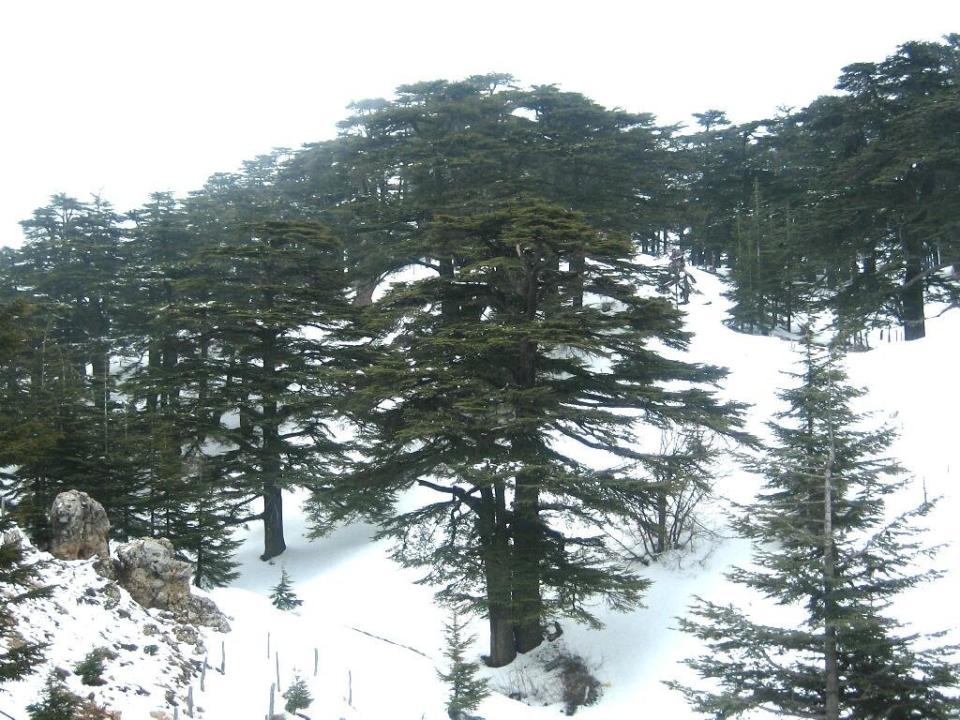
Árbol del Tule

Avenue Of The Baobabs
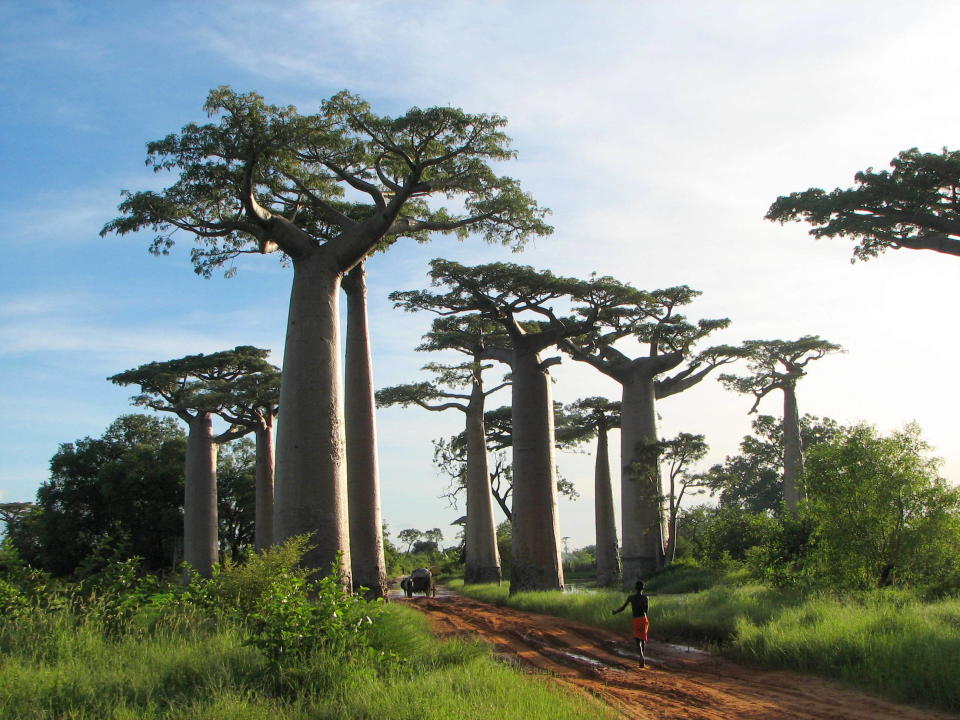
The Angel Oak
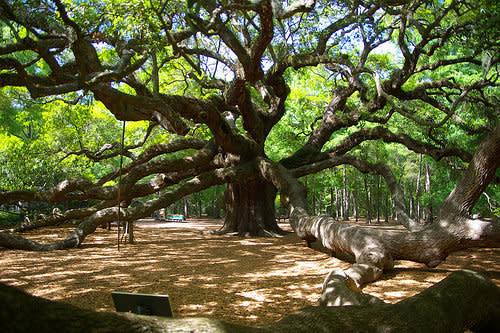
Old Tjikko
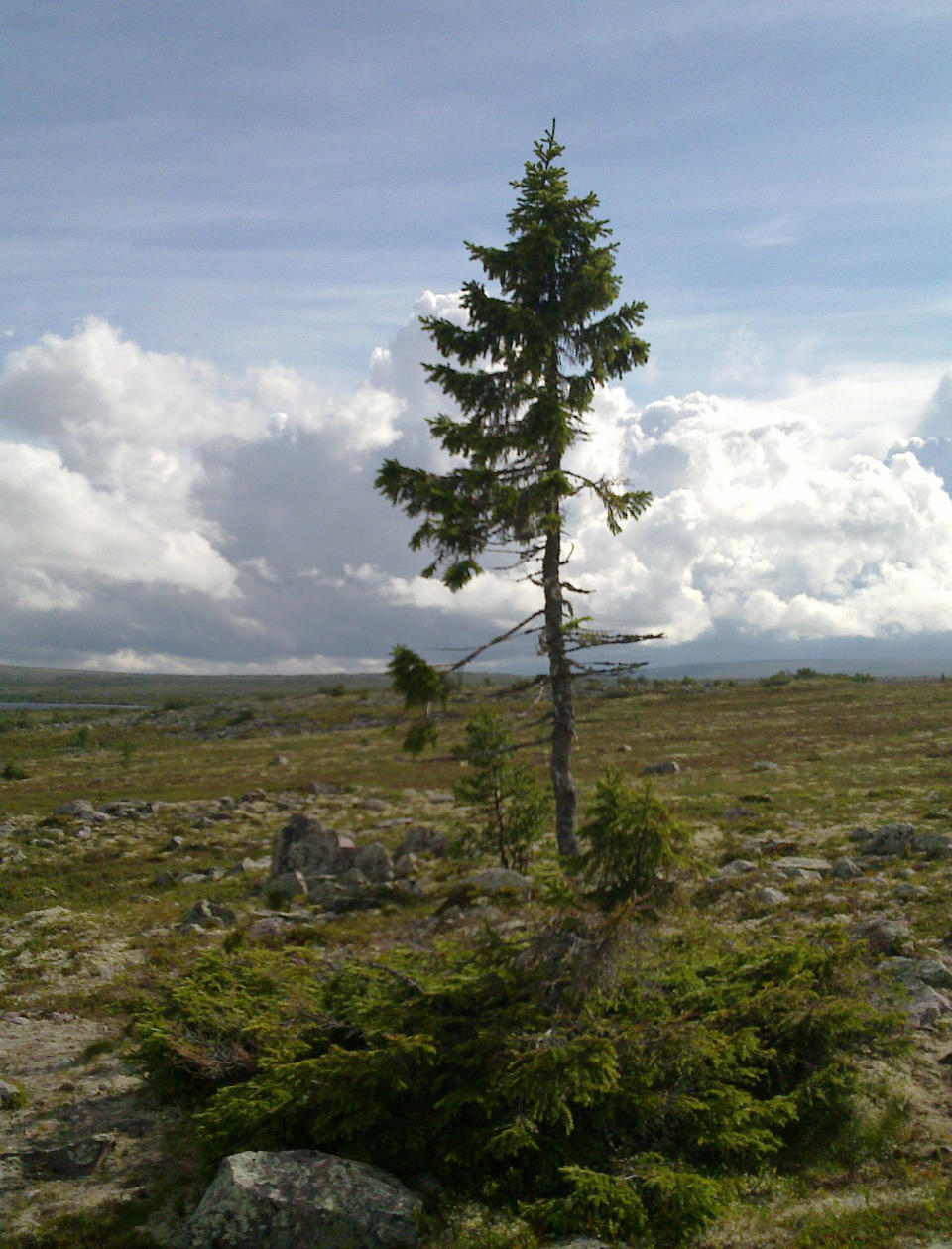
Arbre du Tenere

The Great Banyan
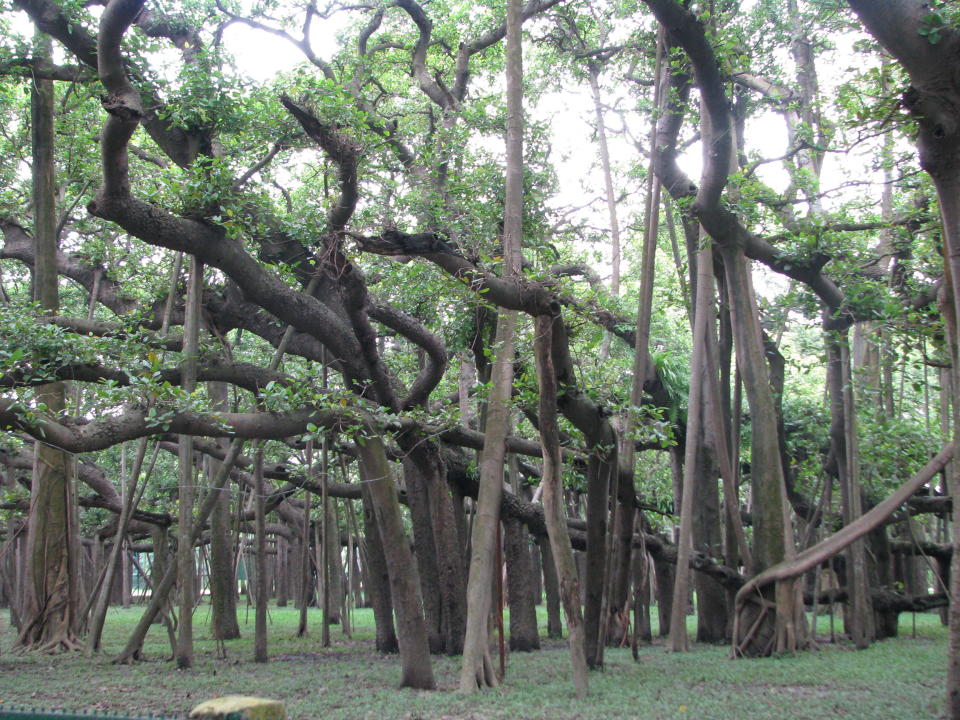
Grizzly Giant
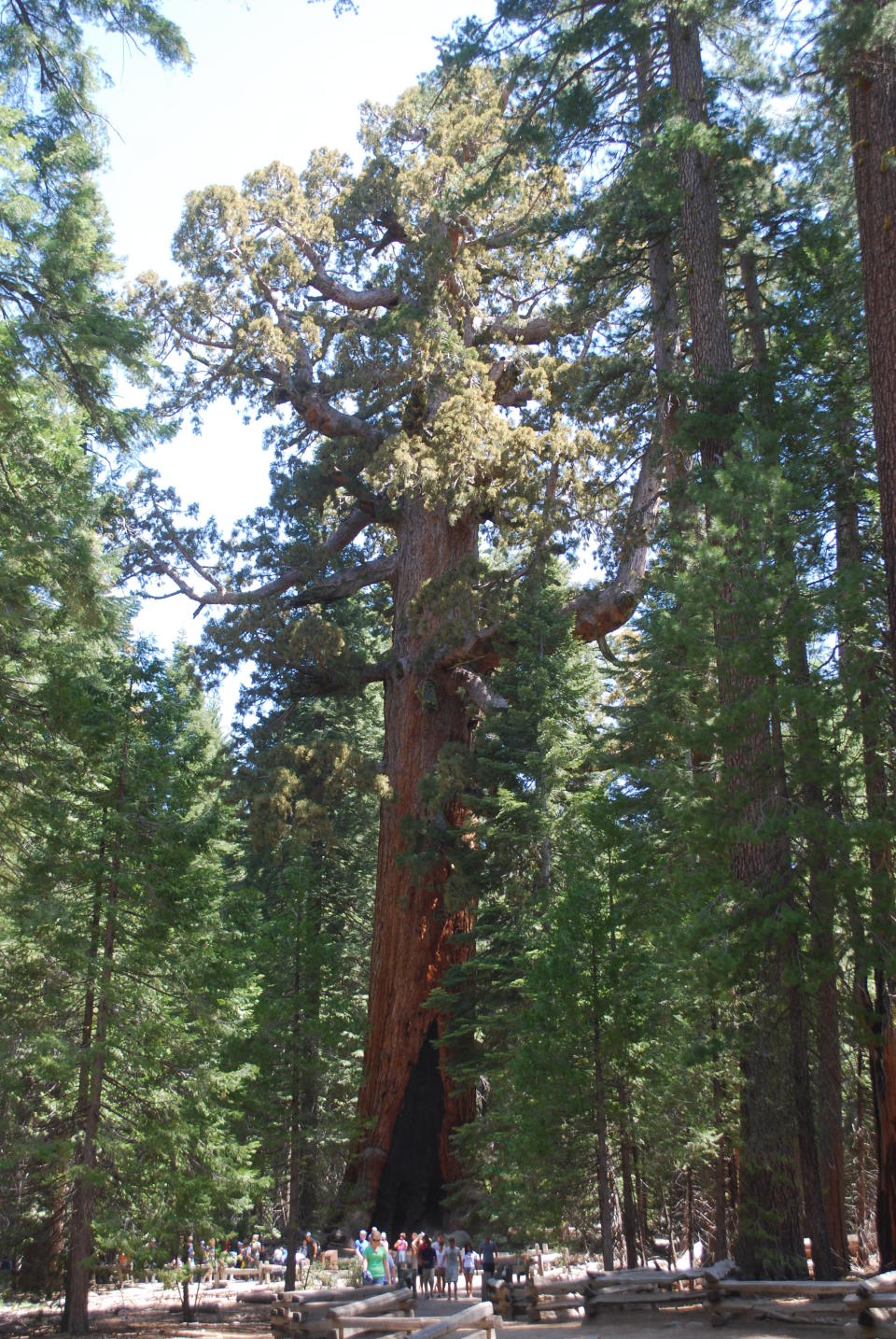
This article originally appeared on HuffPost.

 Yahoo Movies
Yahoo Movies 
